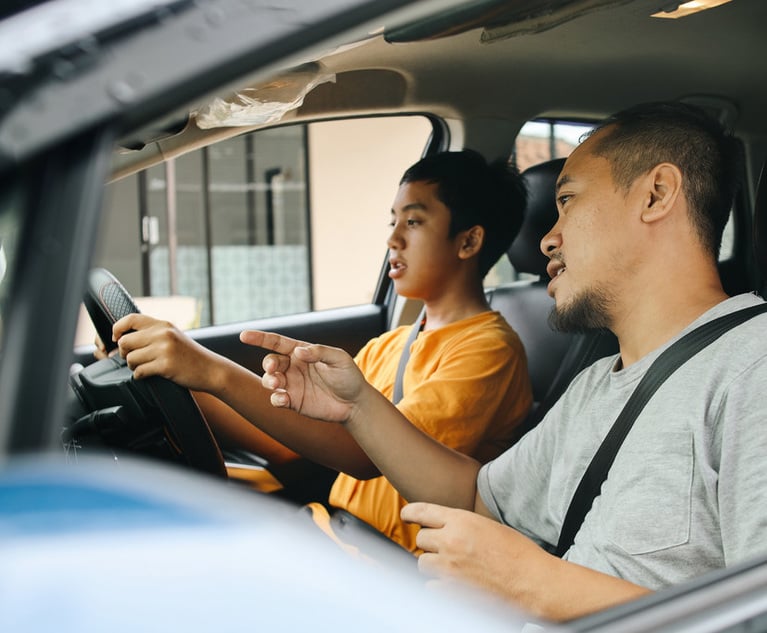(Bloomberg) -- A simulated city opened Monday on the northcampus of the University of Michigan to test how self-driving carswill travel in the future without mowing down pedestrians orcausing colossal crashes.
|"We had the faculty here at the university design the fullyevolved future," Peter Sweatman, head of the TransportationResearch Institute, which oversaw the creation of the M City test facility, said in an interview."After all, we're replacing humans with machines and those machinesneed to be able to operate in a full, rich environment."
|Automakers are racing to develop self-driving cars and overhaultheir business models for a world where mobility is being redefinedas most of the global population crowds into large megacitiesduring the next two decades. Driverless cars that move in harmonymay become essential to keep people and goods flowing safely andefficiently.
|M City, a 32-acre (13-hectare) mini-metropolis, seeks toreplicate modern urban chaos with traffic jams and unpredictablepedestrians, alongside suburban streetscapes, superhighways andrural roads. The $6.5 million facility in Ann Arbor, Michigan,has 40 building facades, angled intersections, a traffic circle, abridge, a tunnel, gravel roads and plenty of obstructed views.There’s even a four-lane highway with entrance and exit ramps.
|Sebastian, a mechatronic pedestrian, will step out into trafficto test whether the robot cars will sense him and hit the brakes toavoid running him down, Sweatman said.
|'Hyper-accelerate'
|"We believe that autonomous technology is going to be extremelyattractive to consumers," Sweatman said. "So it's going to have tobe deployed as quickly as we reasonably and responsibly can. Wedesigned M City to hyper-accelerate the process."
|Sweatman is also director of the Mobility Transformation Center,formed by academic, government and corporate sponsors, includingGeneral Motors Co., Ford Motor Co., Toyota Motor Corp., NissanMotor Co. and Honda Motor Co.
|Automakers have said driverless cars may be on the road withinfive years. The market for autonomous technology will grow to $42billion by 2025 and self-driving cars may account for a quarter ofglobal auto sales by 2035, according to Boston Consulting Group. By2017, semi-autonomous cars that operate in auto-pilot mode, parkthemselves and change lanes automatically will be available in“large numbers,” the firm said.
|Ford has already tested a driverless Fusion hybrid sedan in MCity and computer mapped all the streets and structures. Theautomakers will prove out their own technology on the course, butthey are jointly researching issues like legal liability and howrobot cars will make ethical decisions when confronted with acrash, said Greg Stevens, global manager of Ford’s driverassistance and active safety research.
|"We all compete on a technology level," Stevens said in aninterview at M City. "But when it comes to things like regulatoryapproaches and legal approaches, that’s where you really want tocome together and collaborate."
|
Aerial view of the University of Michigan self-drivingvehicle simulated city. (Courtesy of University ofMichigan)
|Testing alternatives
|Until now, tests of autonomous cars have been conducted onpublic roads or private proving grounds. Automakers study robotcars on old test tracks designed to evaluate how fast traditionalcars can run laps or how well they handle with humans at the wheel.Google Inc. has logged more than 1 million miles (1.6 millionkilometers) of testing its self-driving cars on Silicon Valleyroads and, as of last month, Austin, Texas, highways.
|M City represents an alternative to that.
|"If you're out on the public roadways, certainly all kinds ofreally unusual things will arise, but they're only going to ariseonce," Sweatman said. "We like the idea of creating challengingsituations that we can reproduce as many times as we want."
|Once a technology is proved in M City’s controlled environment,it can be tested on public roads, he said. Automakers and theuniversity already have 3,000 “connected cars” on the roads in AnnArbor, capable of communicating with one another and withinfrastructure such as traffic lights. By 2020, there will be29,000 connected cars tested on public roads in southeasternMichigan, Sweatman said.
|Google 'strutting'
|Autonomous cars could eventually eliminate 80 percent of theaccidents that lead to 33,000 deaths on U.S. roads each year,Senator Gary Peters, a Michigan Democrat, said at the opening of MCity today.
|Peters said he rode in a Google self-driving car about a yearago on a trip to California.
|"The Google folks are kind of strutting their stuff," Peterssaid. "They've got nothing on us. This is the center of theuniverse. This is Michigan, it's not California. We're not going tolet Silicon Valley take this technology."
|Google has inquired about testing its driverless cars at M Cityand would be welcome, Sweatman said.
|So-called "Leadership Circle" sponsors, such as GM, Ford andToyota, get first crack at the track. They are paying $1 millionover three years to gain top priority, Sweatman said. Affiliatesponsors, who pay $150,000 over three years, come next. Google isnot yet a sponsor of M City, he said.
|Copyright 2018 Bloomberg. All rightsreserved. This material may not be published, broadcast, rewritten,or redistributed.
Want to continue reading?
Become a Free PropertyCasualty360 Digital Reader
Your access to unlimited PropertyCasualty360 content isn’t changing.
Once you are an ALM digital member, you’ll receive:
- All PropertyCasualty360.com news coverage, best practices, and in-depth analysis.
- Educational webcasts, resources from industry leaders, and informative newsletters.
- Other award-winning websites including BenefitsPRO.com and ThinkAdvisor.com.
Already have an account? Sign In
© 2024 ALM Global, LLC, All Rights Reserved. Request academic re-use from www.copyright.com. All other uses, submit a request to [email protected]. For more information visit Asset & Logo Licensing.








